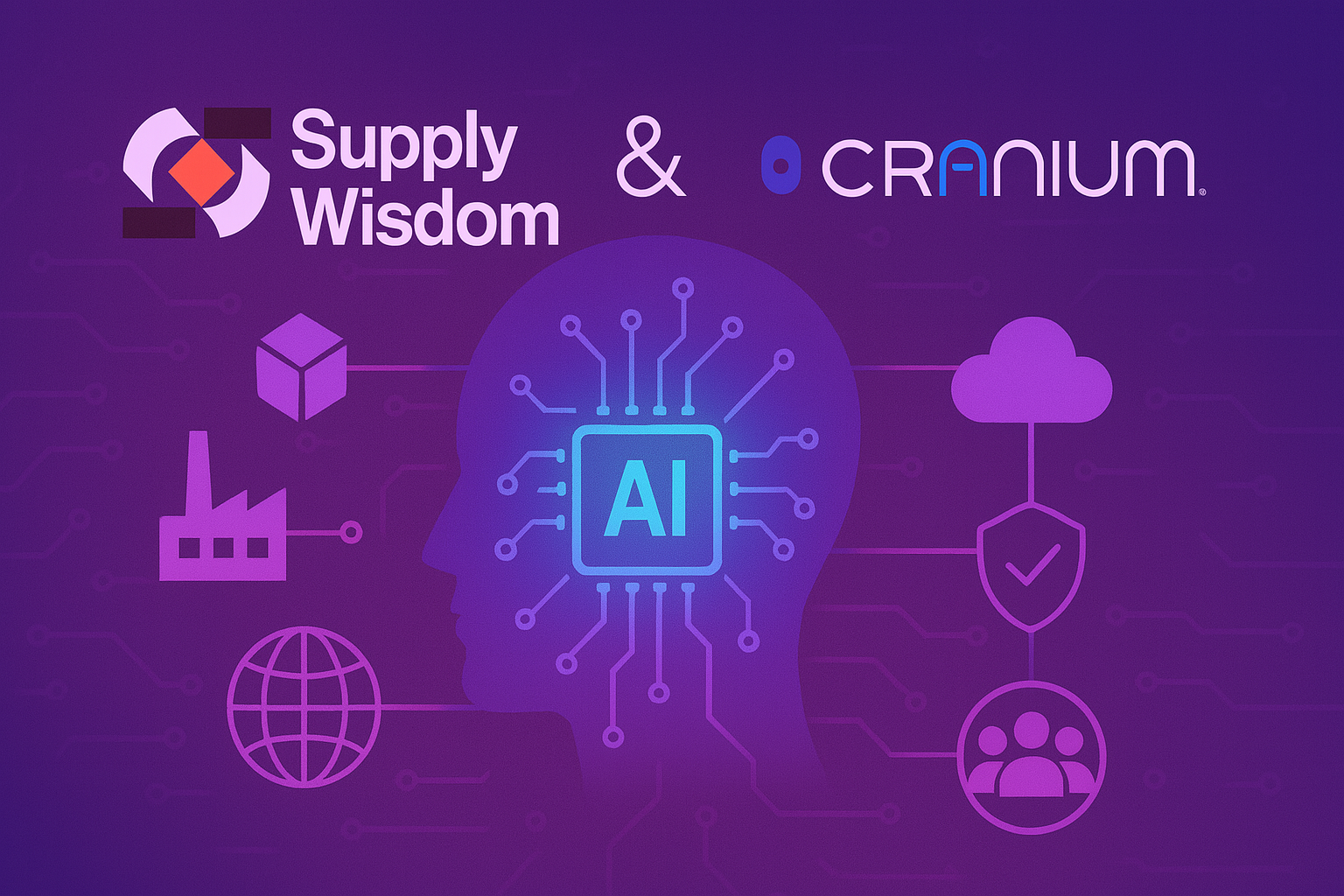There’s a persistent misconception in tech: that governance slows down progress.
At Cranium, our experience shows the opposite. While governance represents an upfront investment that may initially consume resources, over the long term implementing an AI governance framework actually speeds your innovation by creating a strong foundation of executional efficiency in a high-change environment.
To understand how this makes sense, let’s start with the data.
The Data Is Clear: Governance Is No Longer Optional
In its 2024 Emerging Tech Impact Radar, Gartner identified AI Trust, Risk, and Security Management (AI TRiSM) as a top priority for CIOs and CISOs, predicting that:
“Through 2026, at least 80% of unauthorized AI access will result from internal policy violations—not malicious attacks.”
Meanwhile, McKinsey’s 2025 State of AI report found that while 72% of organizations have adopted AI, only 24% have fully mitigated AI-related risks such as inaccuracy, cybersecurity, or regulatory noncompliance. Even among high performers, just 35% have fully embedded AI risk frameworks into their operations.
The gap between AI ambition and governance execution is widening—and that gap creates significant risk that can slow down your organization.
Policy Signals Are Getting Louder
Recent developments in U.S. AI policy reinforce this need for proactive governance.
In a U.S. House Homeland Security hearing, Cranium CEO Jonathan Dambrot testified alongside executives from Microsoft and Trellix about the national security implications of unsecured AI systems. The conversation highlighted a growing recognition in Washington: that AI systems are rapidly becoming infrastructure—and must be governed as such. Read the full hearing recap.
Meanwhile, the Senate recently rejected a proposal to ban state-level AI regulation for the next decade, a blow to Big Tech’s push for federal preemption. The result? A fragmented regulatory landscape where enterprises must prepare for state-specific compliance regimes and evolving standards.
This rapidly shifting landscape means organizations can’t afford to wait. Governance isn’t a future task—it’s a now priority.
Governance: The Hidden Enabler of AI Innovation
AI systems are evolving fast—and so are the ways they can go wrong. From shadow AI deployments that bypass security reviews, to unvetted third-party models introducing new vulnerabilities, to non-standardized documentation that derails audits—each weak point compounds risk.
Organizations that encounter just one of these issues often find their progress grinding to a halt as they scramble to remediate. And the cost of these missteps isn’t just operational.
According to Cerberus, the average security breach related to poor file transfer protocols costs nearly $4.5 million, with prolonged downtime and regulatory fines topping the list of consequences.
These figures underscore a broader reality: the longer governance is delayed, the higher the price tag when something breaks.
That’s why Cranium believes AI Operational Governance is a driver, not a drag, on innovation. When done right, governance creates a strong foundation that speeds up progress by reducing risk, aligning teams, and enabling faster, more confident deployment.
Absent an AI governance framework, your organization’s innovation will become reactive and fragile as you continually run into the issues above. But by building a governance framework, organizations gain something rare: the ability to build fast — and build right.
The AI Governance Flywheel
Good AI governance generates compounding innovation benefits across the enterprise. We call this the Governance Flywheel:
- Standardization simplifies compliance and onboarding.
- Clear ownership eliminates ambiguity across teams.
- Real-time visibility enables proactive risk mitigation.
- Trust frameworks bolster customer and stakeholder confidence.
Each win builds momentum—creating a flywheel that accelerates safe, scalable AI adoption.
A Financial Services Case Study: Collaboration Over Isolation
In highly regulated sectors like finance, the stakes are even higher. A single vulnerability in an AI model can ripple through an entire market, threatening customers, reputations, and even national security.
That’s why we created the Financial Services AI Trust Hub. A collaborative environment where banks, insurers, and financial institutions can share best practices, align on evolving threats, and collectively strengthen governance.
This kind of cross-institutional collaboration is the future of responsible AI, and the kind of leadership our evolving regulatory landscape demands.
Turn Governance Into Your Innovation Advantage
Strong AI governance unlocks more than compliance. It becomes your competitive edge:
- A shared language for AI risk and compliance
- Faster deployment through clear, repeatable standards
- Audit readiness for evolving frameworks like the EU AI Act
- A centralized hub for visibility across the AI supply chain
At Cranium, our platform is designed to help you govern AI from day one, not day 100. That includes tools like the AI Card, which quantifies compliance readiness across internal and third-party systems.
Bottom Line
Governance isn’t the enemy of innovation—it’s how the best innovators scale safely.
But don’t just take it from us. McKinsey found that AI high performers are pulling ahead not just because of what they build—but how they build it.
That’s the benefit Cranium delivers.
Explore how Cranium gives your team a head start in building secure, trusted, and scalable AI systems: https://cranium.ai





